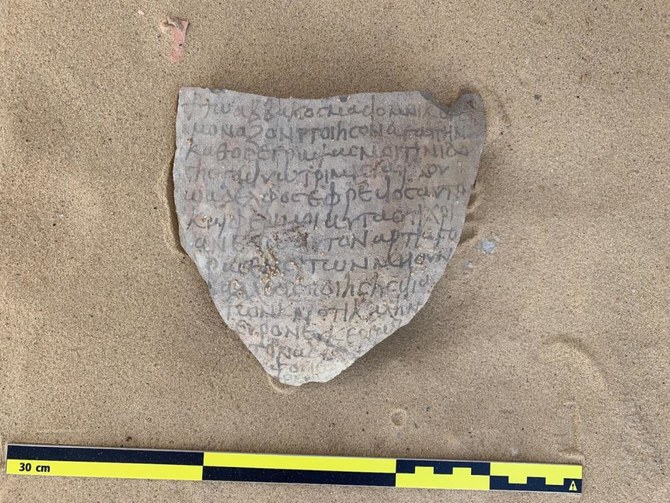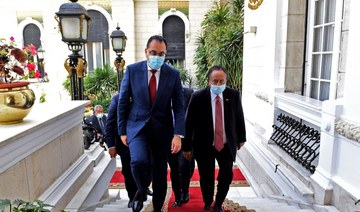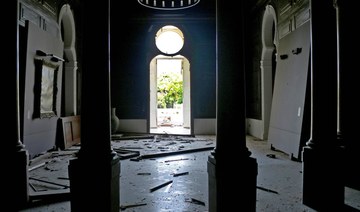CAIRO: A Norwegian-French archaeological mission working in Egypt discovered ancient buildings at a site in the Bahariya Oasis, southwest of Cairo, where monks have lived since the fifth century, according to the Egyptian Ministry of Tourism and Antiquities.
In a statement, the ministry said that the mission uncovered a number of mudbrick and basalt buildings in the Tal area, south of Qasr Al-Ajouz, in the Bahariya Oasis.
The discovery comes in the mission’s third season of drilling and exploration work in the region.
Victor Gica, head of the mission, explained that this discovery is important as it gives insight into the planning of buildings and the formation of the first monastic congregations in Egypt.
The mission unveiled 19 rooms carved into the rock, as well as a well-preserved church. The walls bore writing in yellow ink, including texts from the Bible in Greek, reflecting the nature of monastic life in this region.
According to Gica, the inscriptions indicate that monks have been settled in this area since the fifth century.
Among the discoveries were a church and its dining hall, fountains, a number of rooms and many pieces of ostraca, which are pottery sherds bearing Greek writing dating back to the fifth and sixth centuries.
Osama Talaat, head of the Islamic, Coptic and Jewish antiquities sector at the Supreme Council of Antiquities in Egypt, said that the mudbrick buildings date back to between the fourth and 17th century and consist of six areas that include the remains of three churches, as well as walls bearing inscriptions and symbols with Coptic connotations.
Egypt seeks to promote its ancient heritage through these discoveries in order to revive the tourism sector, which has suffered many successive blows due to political instability in the country since the overthrow of the late President Hosni Mubarak a decade ago.
The tourism sector began to recover in 2019, and Egypt expected to receive about 15 million tourists in 2020, compared to 13 million in 2019. With the outbreak of coronavirus disease (COVID-19) pandemic, however, tourism has stalled again.
Egypt announces new archaeological discoveries
Short Url
https://arab.news/cph2e
Egypt announces new archaeological discoveries

- The mission unearthed “several buildings made of basalt, others carved into the bedrock and some made of mud bricks”
- Cairo has announced several major new archaeological discoveries in recent months with the hopes of spurring tourism
















